Home>Ideas and Tips>Mysterious Marks Decoding Water Stain Origins
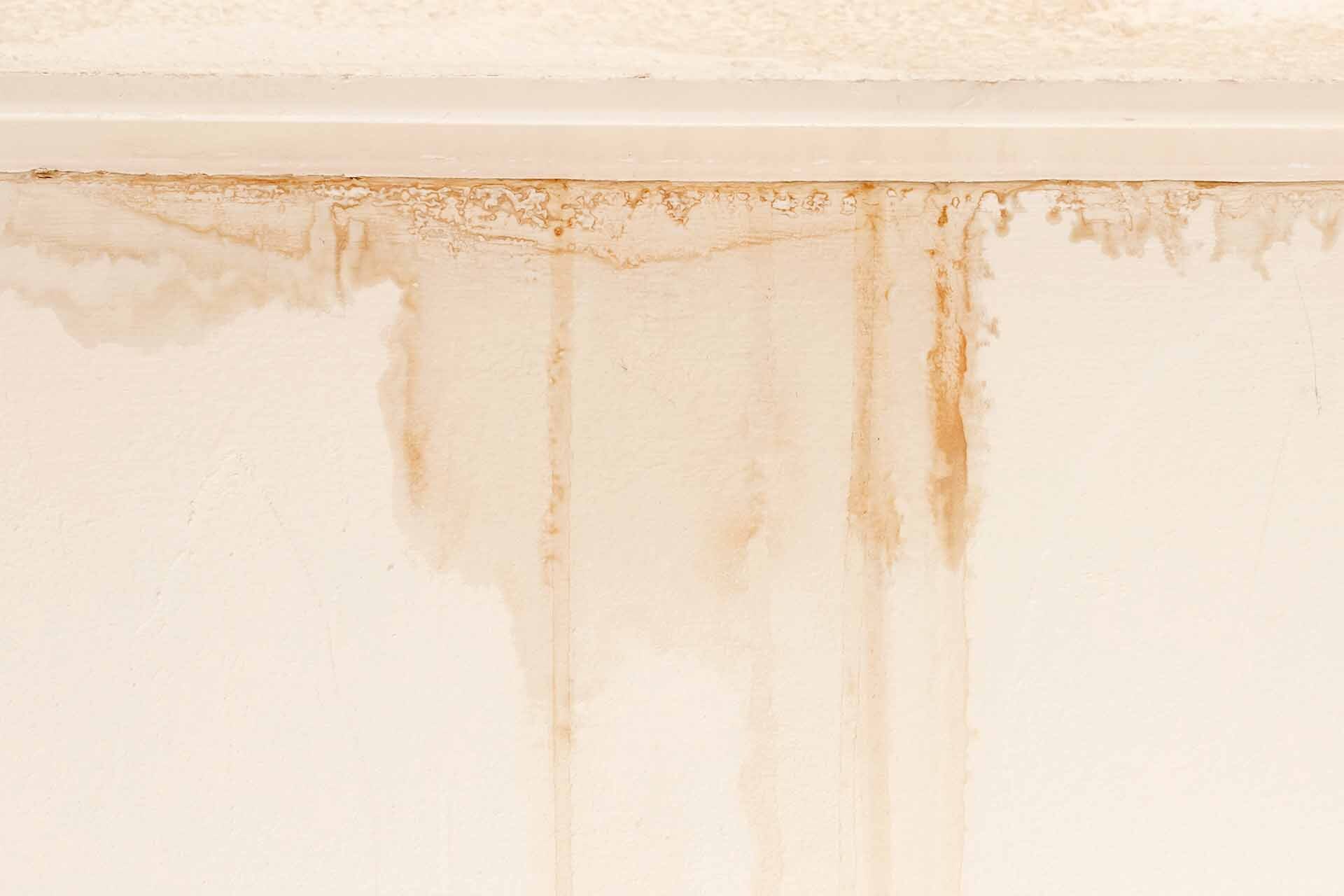

Ideas and Tips
Mysterious Marks Decoding Water Stain Origins
Published: October 19, 2024
Discover the true origins of water stains on marble, clothes, and more. Learn effective removal techniques and uncover hidden causes behind these mysterious marks.
(Many of the links in this article redirect to a specific reviewed product. Your purchase of these products through affiliate links helps to generate commission for Storables.com, at no extra cost. Learn more)
Water stains are a common issue in various settings, from freshly washed clothes to polished marble surfaces. These stains can be misleading, often appearing as if they were caused by water when, in fact, they are not. In this article, we will delve into the mysteries surrounding water stains and explore their origins, focusing on both the scientific explanations and the common misconceptions.
Water stains are a ubiquitous problem that can affect a wide range of materials, from clothing to marble surfaces. Despite their name, these stains are not always caused by water. In many cases, they are the result of other substances interacting with the material, leading to discoloration or dullness. Understanding the true nature of these stains is crucial for effective removal and prevention.
Water Stains on Marble Surfaces
One of the most common types of water stains is found on polished marble surfaces. These stains are often referred to as "water rings" or "water stains," but they are not actually caused by water. Instead, they are typically the result of acidic substances coming into contact with the marble (MB Stone Professional, 2022).
Read more: How To Clean Water Marks Off Glass
The Nature of Marble Stains
Marble is primarily composed of calcium carbonate (calcite), which is susceptible to damage from acidic substances. When acidic liquids such as orange or lemon juice, tomato sauce, salad dressing, wine, champagne, liquor, perfume, vinegar, or harsh cleaning compounds come into contact with marble surfaces, they can etch the stone by breaking down its molecular structure. This process creates dull spots or rings that are often mistaken for water stains.
Why Water Stains on Marble Disappear
Real water stains on marble surfaces will disappear by themselves through evaporation over time. However, the dull spots or rings caused by acidic substances do not fade with evaporation. Instead, they remain permanently etched on the stone's surface (MB Stone Professional, 2022).
Removing Marble Stains
To remove these stains, it is essential to understand their nature. Applying a topical finish or wax to the affected area will not solve the problem. The acidic substance has etched the stone itself, and any coating will only make the damage visible through its transparency. Instead, a damp cloth followed by a dry one can help remove mineral deposits left behind by evaporated water. However, for acidic stains, specialized cleaning products designed for marble are necessary.
Water Stains on Freshly Washed Clothes
Another common issue is water-type staining on freshly washed clothes. These stains appear as if water has been splashed onto the garment but hasn't dried yet. Despite the clothes being dry to the touch, these stains can be quite frustrating (Mumsnet, 2020).
Read more: How To Fix Water Stain On Ceiling
Causes of Water Stains on Clothes
The exact cause of these stains is often unclear. However, several factors could contribute to their appearance:
- Washing Machine Issues: Problems with the washing machine or dryer could lead to uneven drying or moisture retention.
- Fabric Type: Certain fabrics may be more prone to these stains due to their texture or composition.
- Detergent and Softener: The use of certain detergents or softeners might affect how clothes dry and appear.
Removing Water Stains from Clothes
Removing these stains requires careful consideration of their cause. If they are indeed caused by moisture retention in the washing machine or dryer, checking and maintaining these appliances might resolve the issue. For fabric-specific problems, using fabric-specific cleaning products or techniques could help.
The Shroud of Turin: A Case Study in Mysterious Marks
The Shroud of Turin is a piece of cloth bearing an image of a crucified man that has been shrouded in mystery for centuries. The images on the Shroud are not paint, dye, or stain but are instead formed through a complex process involving radiation (ASNT Pulse, 2020).
Formation of Images on the Shroud
The images on the Shroud were formed through a dehydration-oxidation process that altered the molecular structure of the cellulose fibers. This process involved changing some single electron bonds of carbon atoms into double electron bonds, causing the molecules to vibrate differently and reflect light differently (ASNT Pulse, 2020).
Read more: Where Did Easter Baskets Originate
Discoloration Mechanism
The discoloration mechanism on the Shroud is unique because it only affects the outer 2% of each fiber's radius. This selective discoloration is not due to any substance added to the fibers but rather a rearrangement of their atoms. The hypothesis suggesting an extremely brief, intense burst of radiation as the cause is attractive because it explains multiple features of the Shroud, including image formation and carbon dating (ASNT Pulse, 2020).
Water Erosion Hypothesis: A Case Study in Geological Mysteries
The Sphinx water erosion hypothesis is a fringe claim suggesting that ancient floods or rainfalls eroded the Great Sphinx of Giza and its enclosing walls (Wikipedia). This hypothesis posits that these structures were created by a lost civilization from Plato's sunken continent of Atlantis.
Archaeological and Geological Evidence
Egyptologists, geologists, and other experts have rejected this hypothesis based on archaeological, climatological, and geological evidence. The Giza Plateau shows significant fractures millions of years old, which could have been caused by water seeping through natural fissures before the Sphinx was carved (Wikipedia). However, most erosion features are not evenly distributed but are concentrated in areas exposed to running water.
Haloclasty Process
The haloclasty process involves salt crystallization causing fine layers of limestone to flake off due to moisture in the sand covering the carved rock (Wikipedia). This process is accepted by some proponents but does not explain all visible evidence.
Read more: How To Mark A Quilt
Wind Erosion
Wind erosion forms distinctive horizontal bands, which contrasts with vertical water erosion features (Wikipedia). The rapid rate of erosion on the Giza Plateau supports this distinction.
Mysterious Markings on Mars: Indications of Water
Mars presents another fascinating case study in mysterious marks related to water. Seasonal markings resembling rivers or streams appear during warmer seasons but fade as temperatures drop (PBS News, 2011).
Seasonal Markings on Mars
These markings are seasonal and swell during Martian spring and early fall before fading or disappearing during colder seasons. Scientists believe these features could indicate liquid water lurking at or just beneath the Martian surface.
Possible Origins of Martian Water
Several theories attempt to explain these markings:
- Subsurface Seeps: Water could be coming from subsurface seeps or atmospheric water vapor absorbed by salt.
- Dry Avalanches: Temperature changes might trigger dry avalanches of soil or rock down Martian slopes.
- Laboratory Experiments: Further confirmation may come from laboratory experiments on Earth matching these computations.
Conclusion
Water stains are not always what they seem. Whether on marble surfaces or freshly washed clothes, their origins can be misleading. By understanding their true causes—whether it's acidic substances damaging marble or moisture retention issues in laundry—we can effectively remove and prevent these stains. The Shroud of Turin and Martian water markings offer additional examples where mysterious marks hold secrets waiting to be deciphered through scientific inquiry.
In summary:
- Marble Stains: Caused by acidic substances like orange juice or vinegar.
- Clothing Stains: Often due to washing machine issues or fabric-specific problems.
- Shroud Images: Formed through dehydration-oxidation processes involving radiation.
- Martian Markings: Seasonal features possibly indicating liquid water beneath the surface.
Understanding these mysteries is crucial for solving real-world problems and uncovering hidden truths in various fields of science and everyday life.
Was this page helpful?
At Storables.com, we guarantee accurate and reliable information. Our content, validated by Expert Board Contributors, is crafted following stringent Editorial Policies. We're committed to providing you with well-researched, expert-backed insights for all your informational needs.
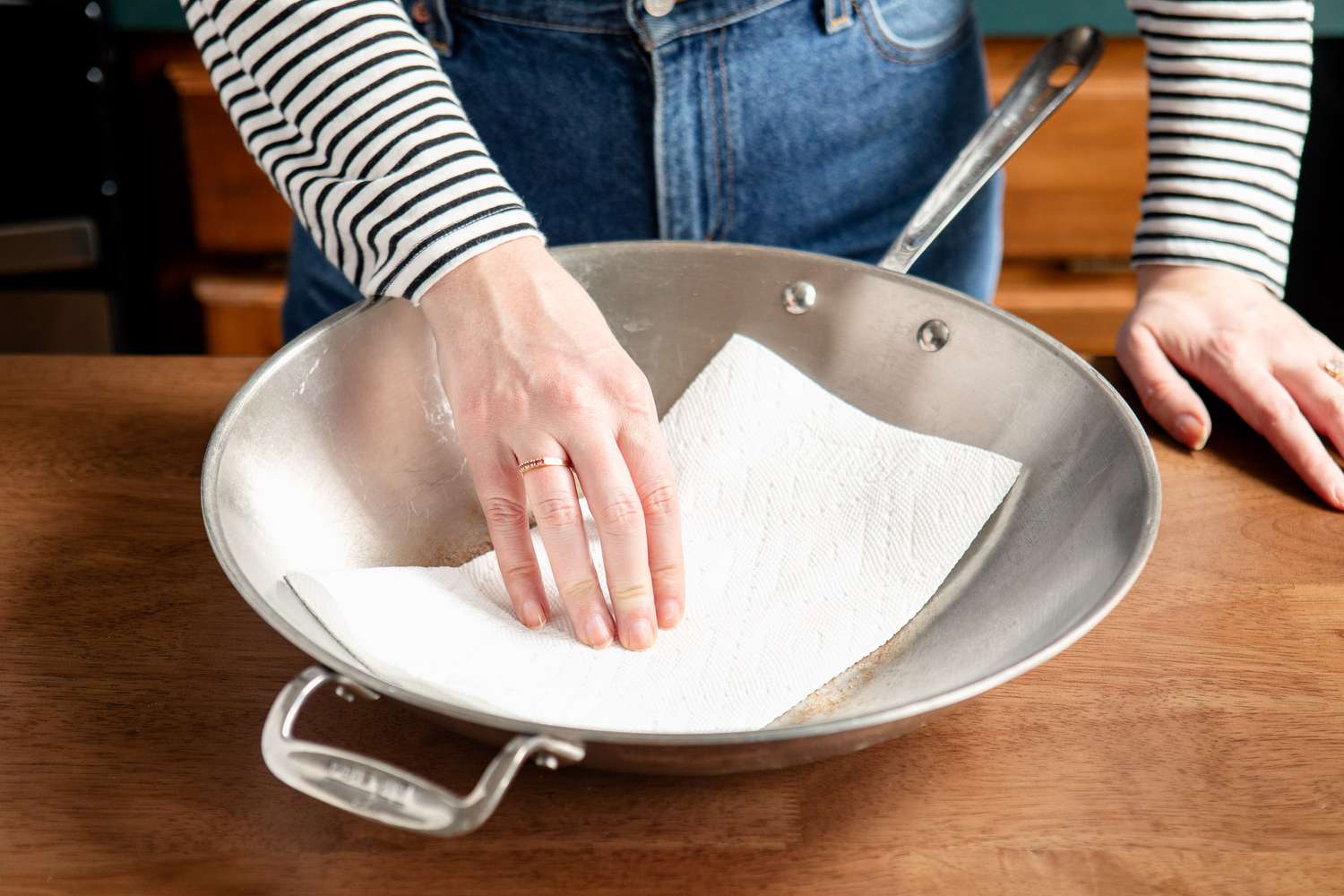
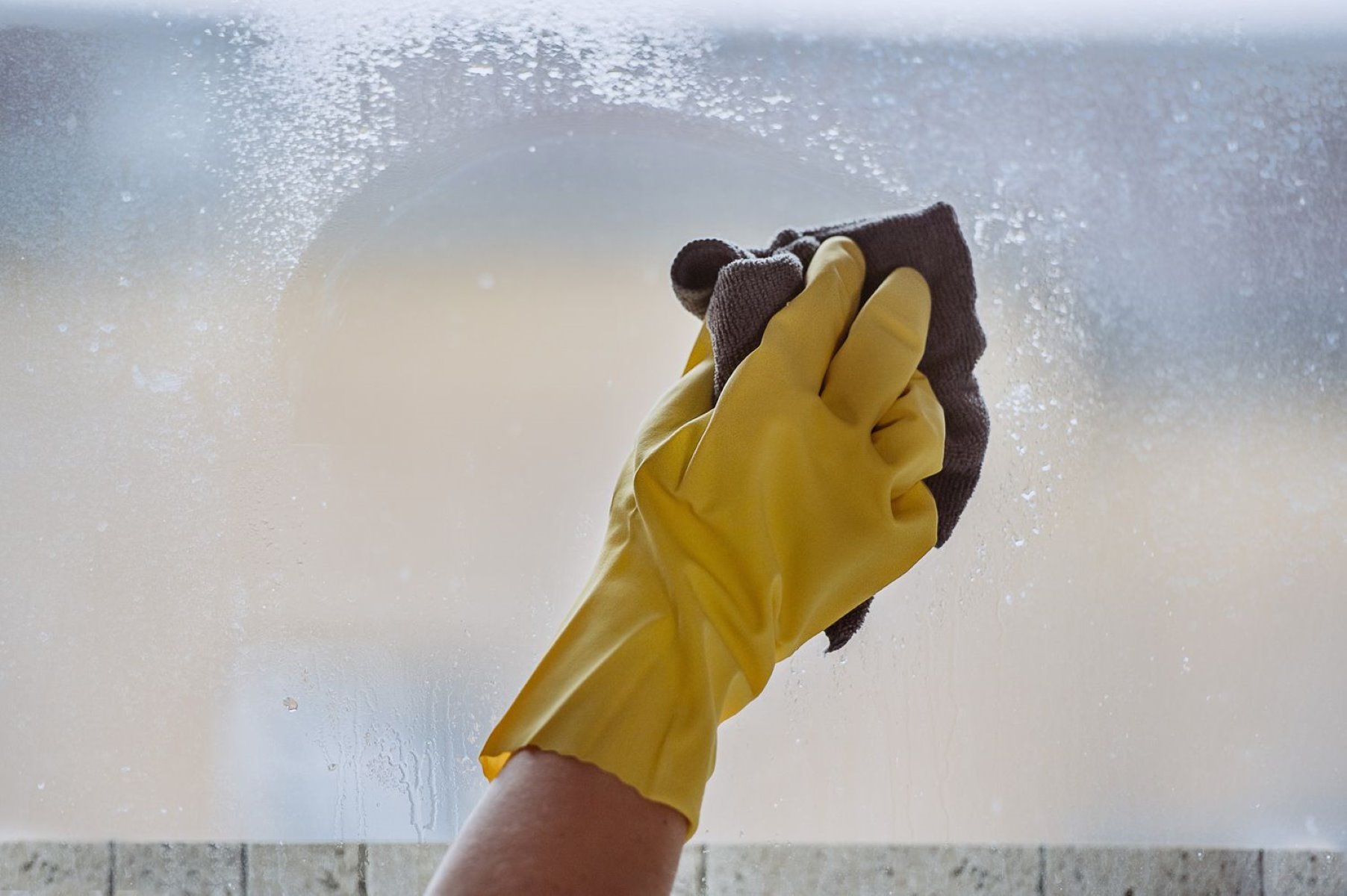
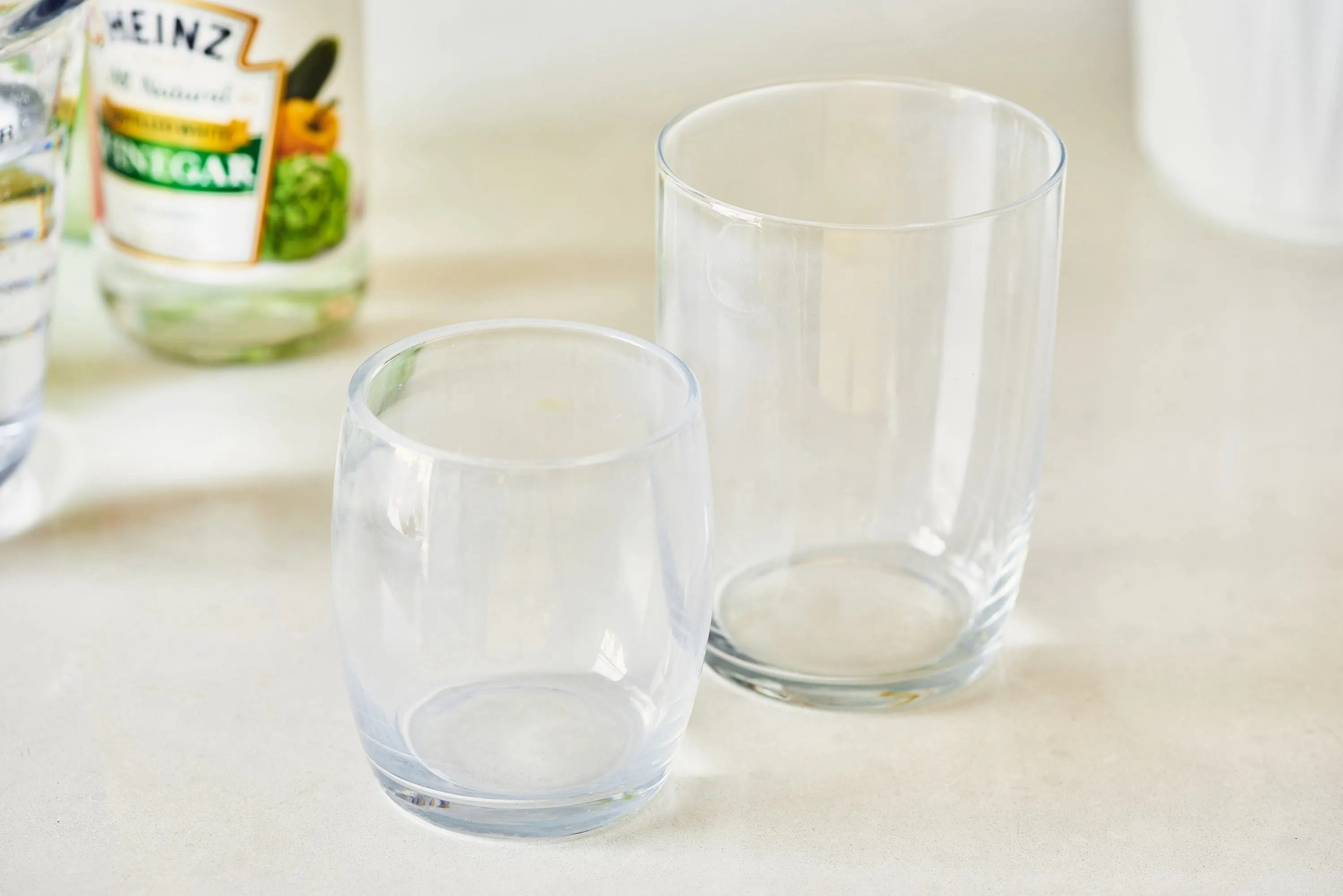

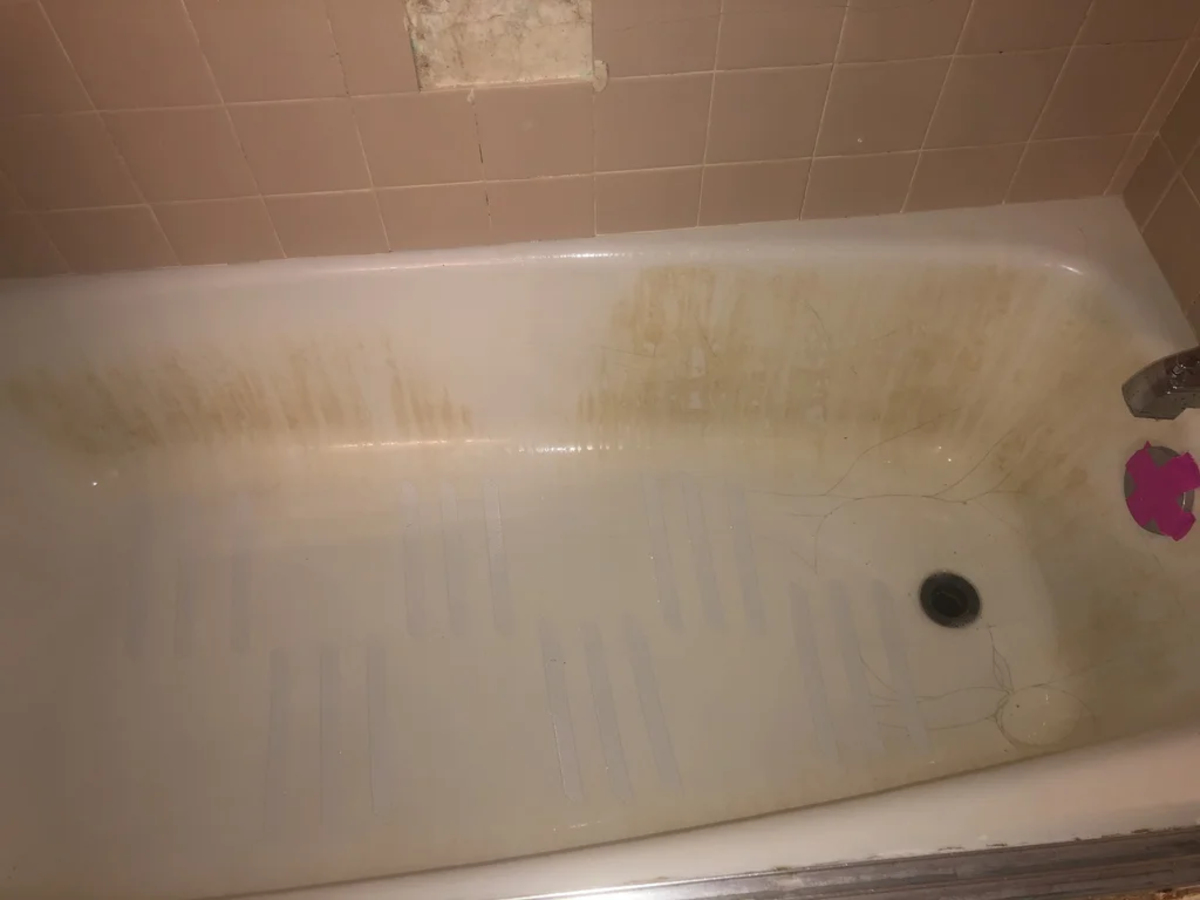
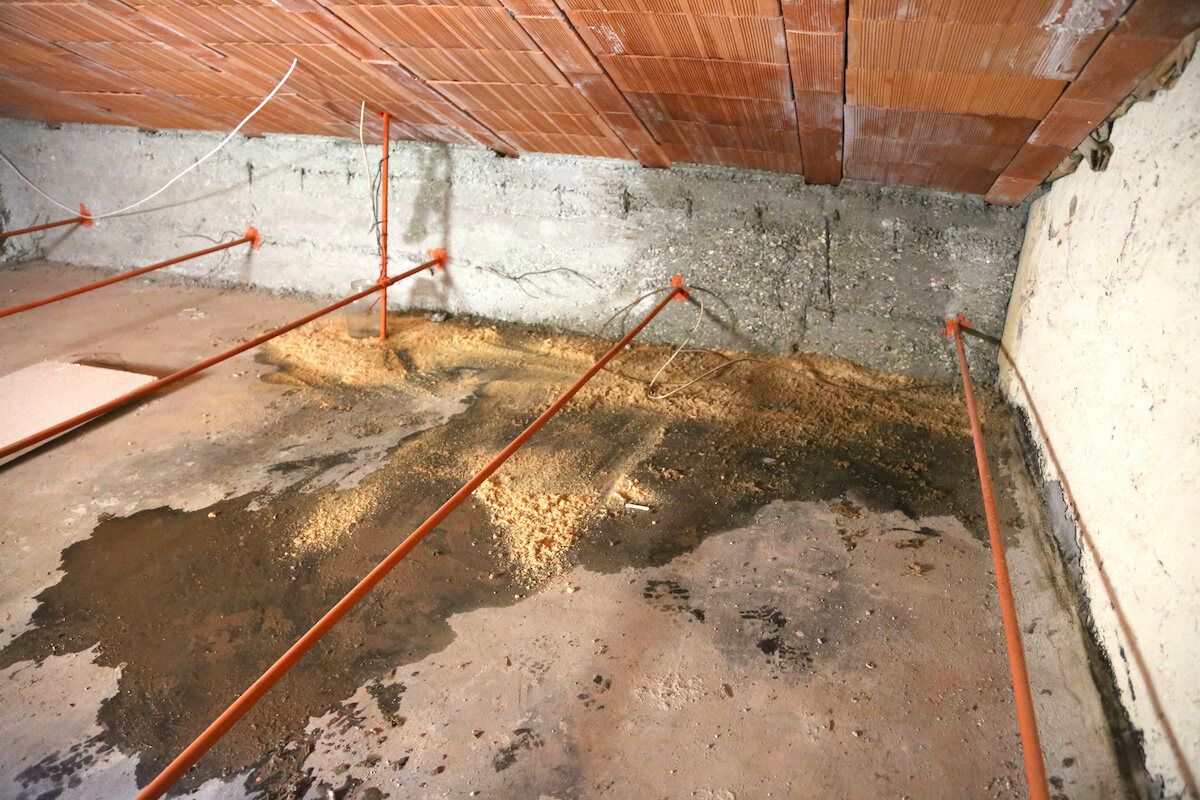
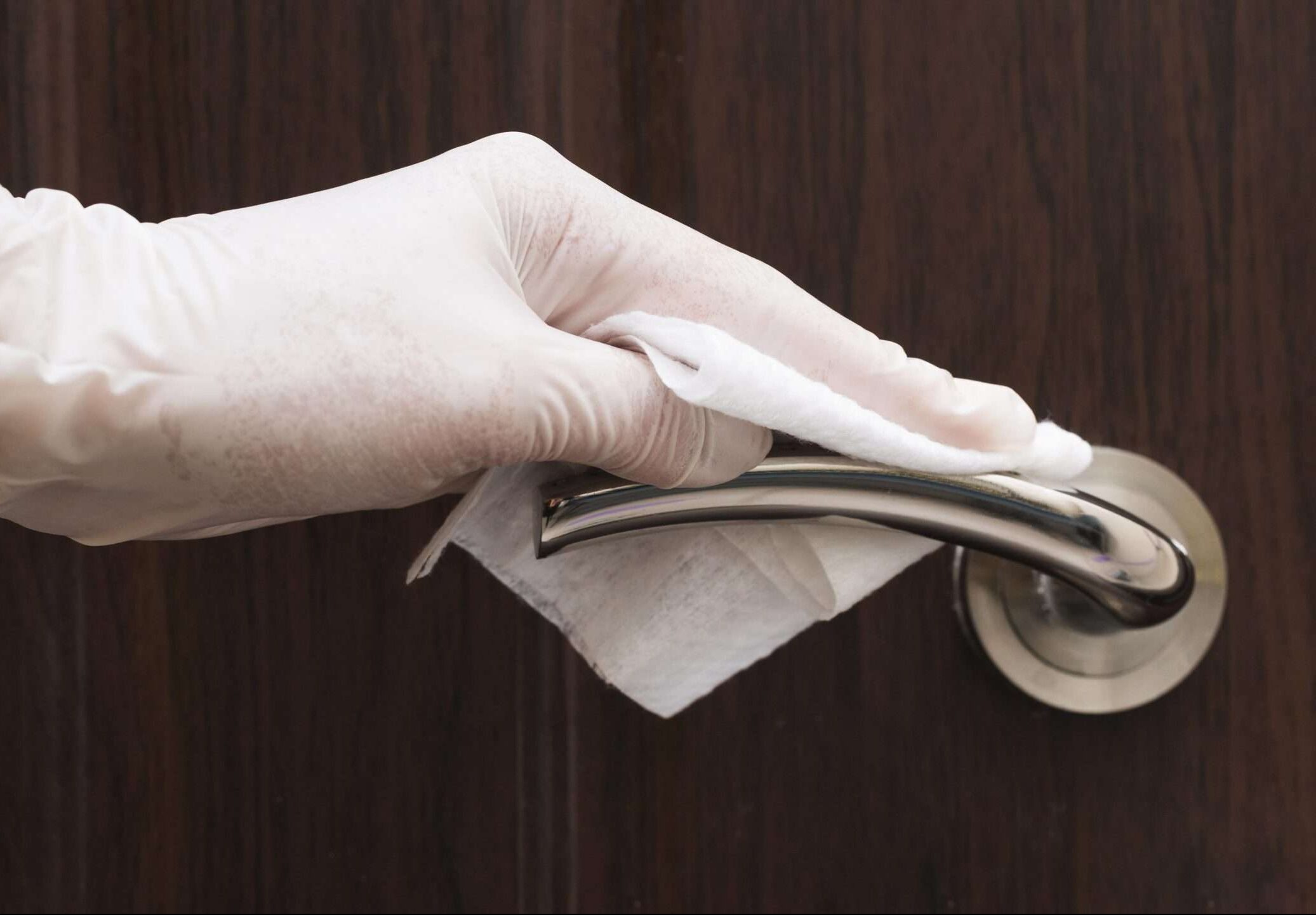
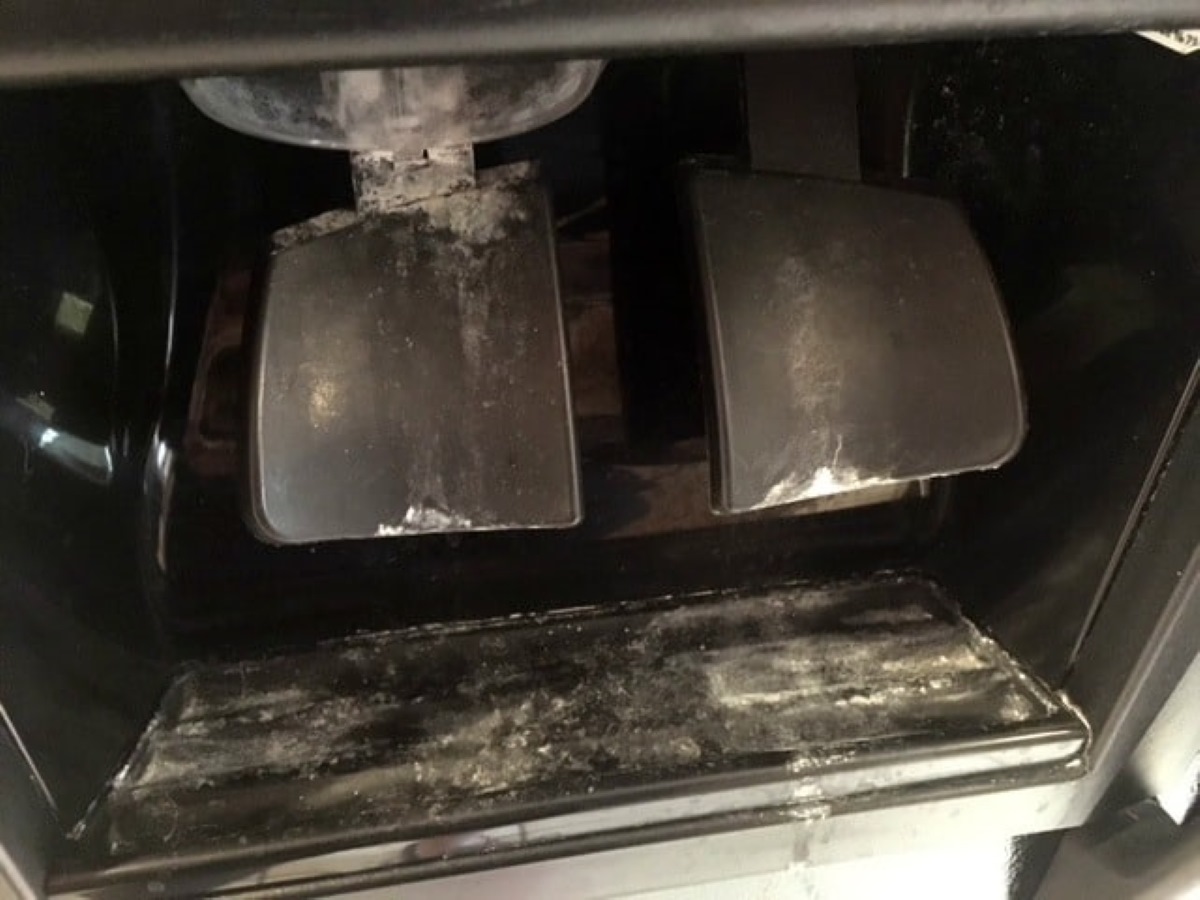
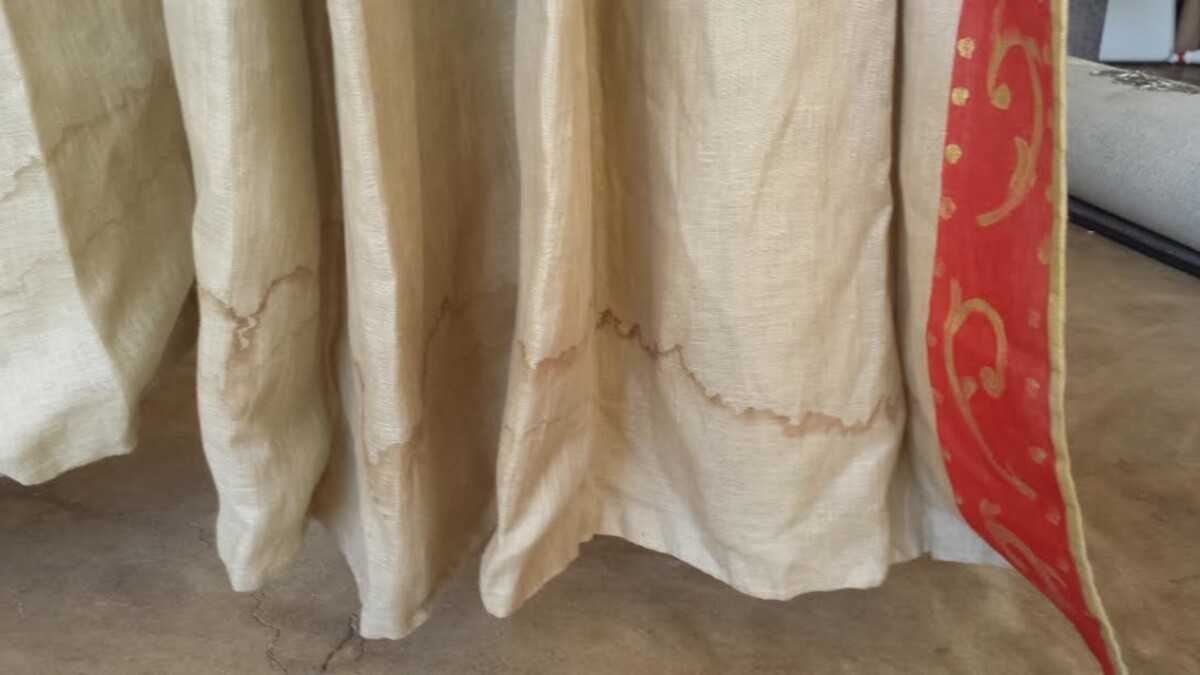
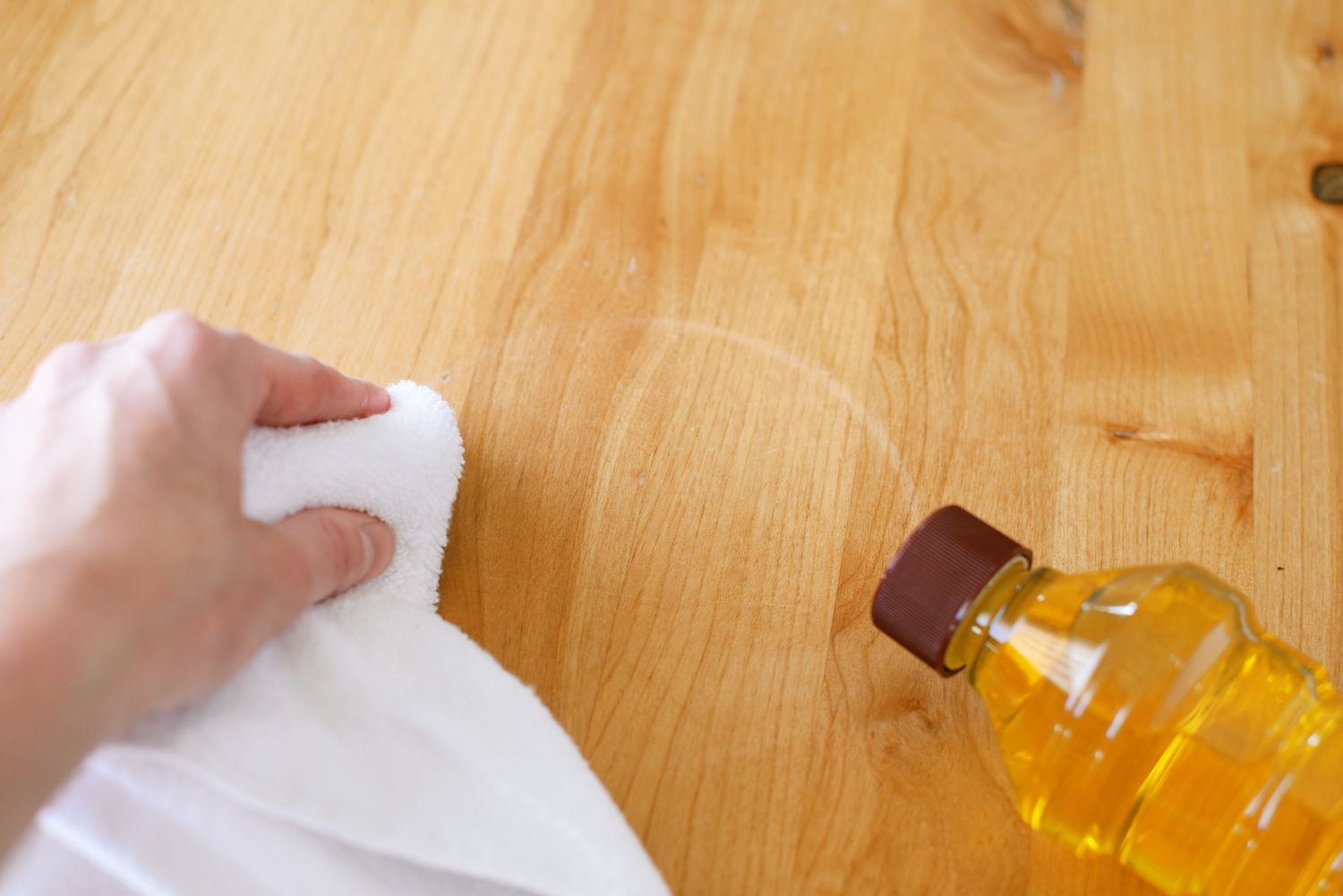


0 thoughts on “Mysterious Marks Decoding Water Stain Origins”